10 Ways To Protect Your Crops From Fall Army Worm Devastation

The fall armyworm (Spodoptera frugiperda) is an invasive and highly destructive pest that has caused significant damage to agricultural crops worldwide. Its rapid spread and voracious appetite pose a serious threat to food security and livelihoods, particularly in regions heavily reliant on agriculture. As this pest continues to wreak havoc, it is crucial for farmers and agricultural experts to employ effective strategies to mitigate its impact and protect their crops.
This comprehensive guide presents ten evidence-based approaches to combat the fall armyworm devastation, offering practical solutions and insights to safeguard crop yields and minimize economic losses. By implementing these strategies, farmers can fortify their defenses against this invasive pest and ensure sustainable agricultural practices.
1. Early Detection and Monitoring

Timely identification of fall armyworm infestations is crucial for effective management. Regular monitoring of crops, especially during the early growth stages, allows farmers to detect the presence of armyworms before significant damage occurs. Visual inspection, pheromone traps, and the use of digital tools for pest surveillance can aid in early detection.
Pheromone Traps: A Targeted Approach
Pheromone traps are an effective method to monitor adult fall armyworm populations. These traps release synthetic pheromones that mimic the natural sex pheromones of female armyworms, attracting males. By regularly checking and counting the trapped males, farmers can estimate the population density and make informed decisions about pest control measures.
| Pheromone Trap Setup | Benefits |
|---|---|
| Place traps near susceptible crops | Targeted monitoring |
| Check traps weekly | Timely detection |
| Use sticky or liquid pheromone lures | Attracts and traps armyworms |
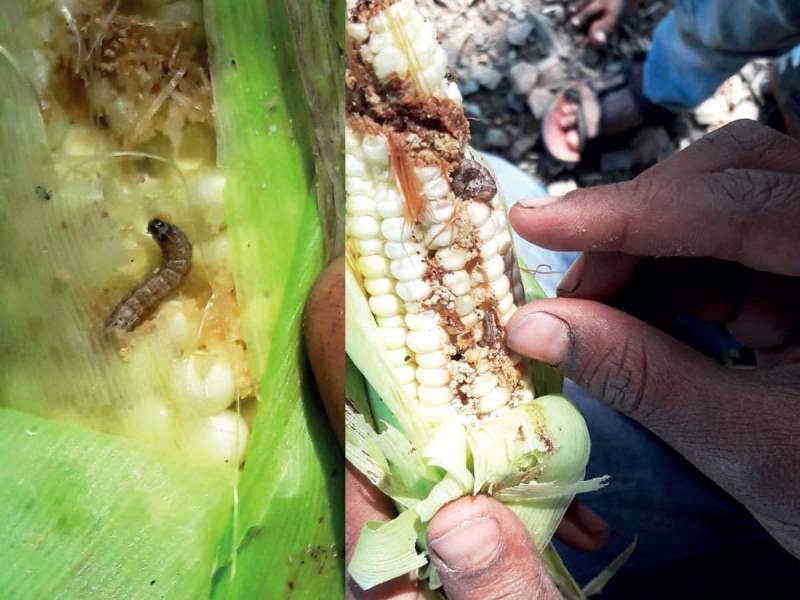
2. Biological Control: Natural Enemies
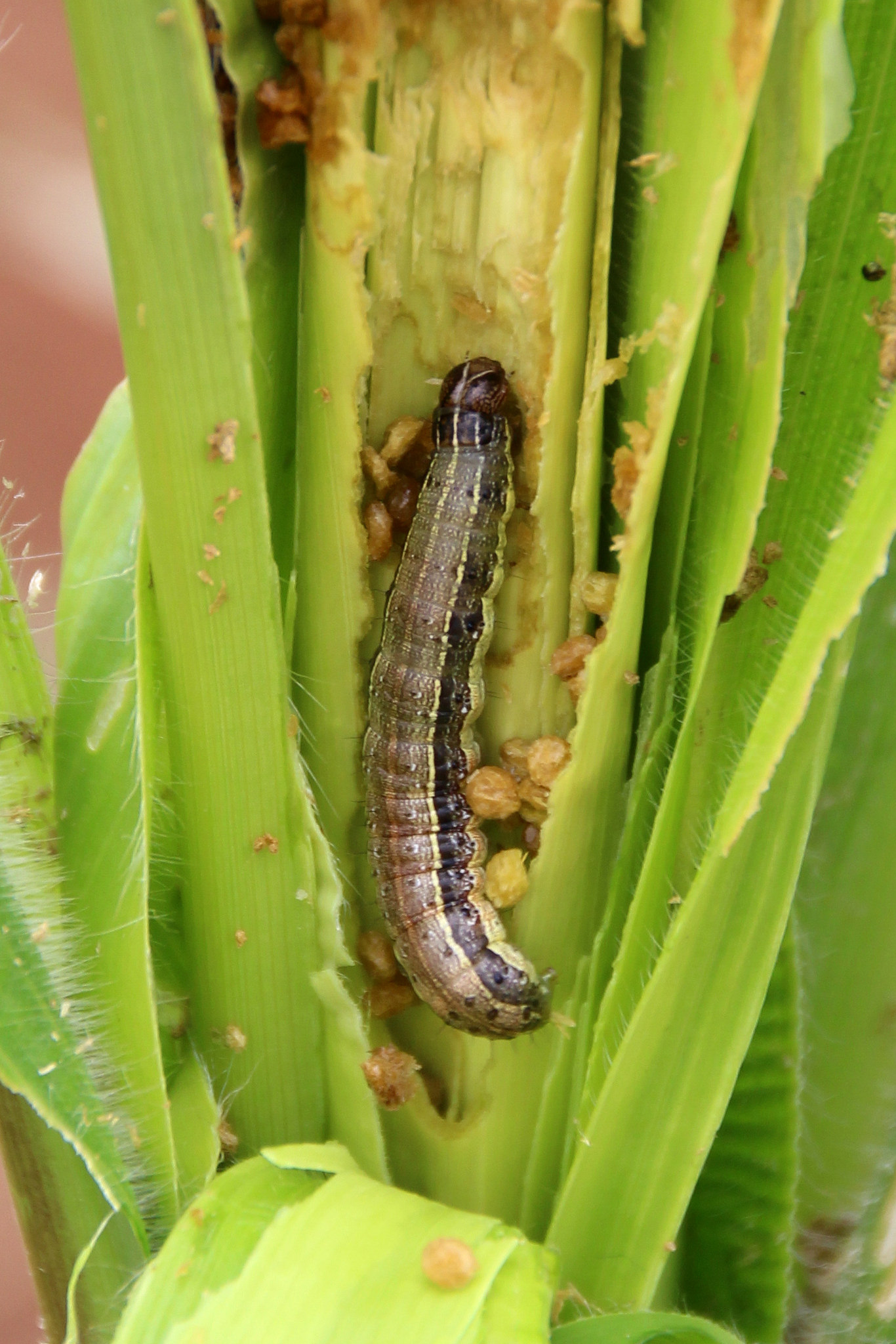
Introducing or conserving natural enemies of the fall armyworm can be an effective and environmentally friendly approach to pest management. Certain predators, parasites, and pathogens can help regulate armyworm populations. By encouraging the presence of these natural enemies, farmers can reduce the need for chemical interventions.
Beneficial Insects: Allies in Pest Control
Predatory insects, such as ladybugs, lacewings, and parasitic wasps, can help control fall armyworm populations. These beneficial insects feed on armyworm eggs, larvae, and pupae, disrupting their life cycle. Farmers can encourage their presence by creating habitats and avoiding excessive pesticide use.
| Beneficial Insect | Target Life Stage |
|---|---|
| Ladybugs | Eggs and Small Larvae |
| Lacewings | Eggs and Larvae |
| Parasitic Wasps | Larvae and Pupae |
3. Crop Rotation and Diversification

Crop rotation and diversification are essential strategies to disrupt the fall armyworm’s life cycle and reduce its impact on specific crops. By alternating susceptible crops with non-host plants, farmers can minimize the buildup of armyworm populations and prevent the development of resistant strains.
Smart Crop Rotation: Breaking the Cycle
Implementing a well-planned crop rotation strategy can effectively break the fall armyworm’s life cycle. Consider the following rotation patterns:
- Maize-Legume Rotation: Legumes, such as beans or peas, are not favored by armyworms and can help reduce their populations.
- Maize-Cotton Rotation: Cotton is less susceptible to armyworms, providing a break in their feeding cycle.
- Maize-Rice Rotation: Rice is not a preferred host for armyworms, offering a natural defense against their infestations.
4. Integrated Pest Management (IPM)
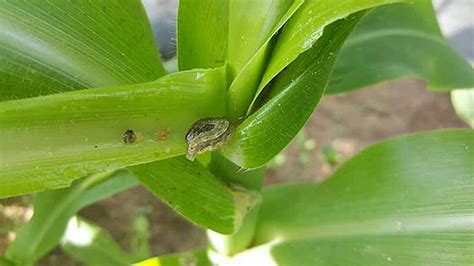
Integrated Pest Management is a holistic approach that combines various tactics to manage pests effectively. By integrating cultural, biological, and chemical control methods, farmers can minimize the use of pesticides and reduce the risk of pest resistance.
IPM Strategies for Fall Armyworm Control
IPM offers a range of strategies to combat fall armyworm infestations:
- Cultural Control: This includes practices such as crop sanitation, removing crop residues, and maintaining clean and tidy fields to reduce armyworm habitats.
- Biological Control: As mentioned earlier, introducing or conserving natural enemies can help regulate armyworm populations.
- Chemical Control: Pesticides should be used as a last resort and only when necessary. Select insecticides that are specifically effective against fall armyworms and follow recommended application rates and timings.
5. Trap Crops and Diversionary Techniques

Trap crops and diversionary techniques can be employed to attract and divert fall armyworms away from the main crop. By planting specific crops that are highly attractive to armyworms, farmers can lure them away and protect the main crop from severe damage.
Using Trap Crops: A Strategic Approach
Identify crops that are highly preferred by fall armyworms and plant them as trap crops. These crops should be located near the main crop but separated by a barrier to prevent armyworms from reaching the main crop. Once the trap crop is infested, take appropriate measures to control the armyworms, such as applying biological or chemical control methods.
| Trap Crop | Attractiveness to Armyworms |
|---|---|
| Maize | Highly Preferred |
| Sorghum | Attractive |
| Millet | Moderately Attractive |
6. Genetic Resistance and Breeding
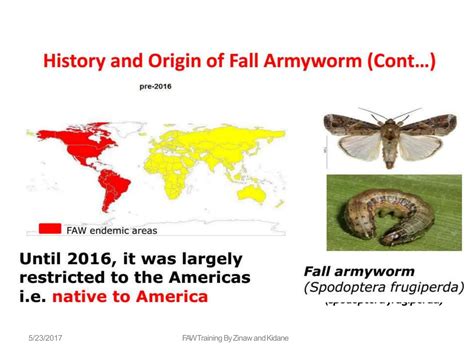
Developing crop varieties with genetic resistance to fall armyworms is a long-term strategy to combat their devastation. Through selective breeding and genetic engineering, scientists and plant breeders are working to create crops that can withstand armyworm attacks and reduce the need for chemical interventions.
Genetic Resistance: A Sustainable Solution
Researchers are exploring various approaches to enhance genetic resistance in crops:
- Identifying and incorporating natural resistance genes from wild plant relatives into cultivated crops.
- Using genetic modification techniques to introduce genes that confer resistance to fall armyworms.
- Developing transgenic crops with built-in resistance to armyworms, reducing the reliance on pesticides.
7. Physical Barriers and Netting
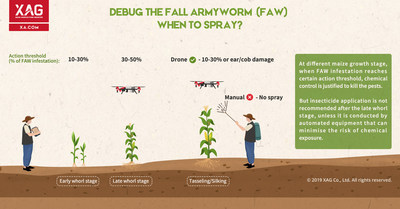
Physical barriers, such as netting and row covers, can be effective in protecting crops from fall armyworm infestations. These barriers create a physical barrier between the crop and the armyworms, preventing them from reaching and feeding on the plants.
Netting: A Protective Shield
Using fine-mesh netting over susceptible crops can prevent armyworms from accessing the plants. Ensure that the netting is securely anchored to the ground and covers the entire crop area. Regularly inspect the netting for any tears or gaps and repair them promptly to maintain its effectiveness.
| Netting Type | Mesh Size |
|---|---|
| Insect Exclusion Netting | 0.9 mm |
| Anti-Insect Netting | 1.2 mm |
| Horticultural Netting | 1.5 mm |
8. Cultural Practices: Sanitation and Tillage

Maintaining good field sanitation and implementing proper tillage practices can help reduce fall armyworm populations. By removing crop residues, destroying egg masses, and disturbing the soil, farmers can disrupt the armyworm’s life cycle and minimize their survival and reproduction.
Tillage: Disrupting Armyworm Habitats
Tillage practices, such as plowing and disking, can effectively reduce armyworm populations by exposing their eggs and larvae to the elements and natural predators. Deep tillage can bury the armyworm larvae, depriving them of food and shelter. However, it is important to strike a balance between tillage intensity and soil health to avoid soil erosion and nutrient loss.
9. Collaborative Efforts and Information Sharing
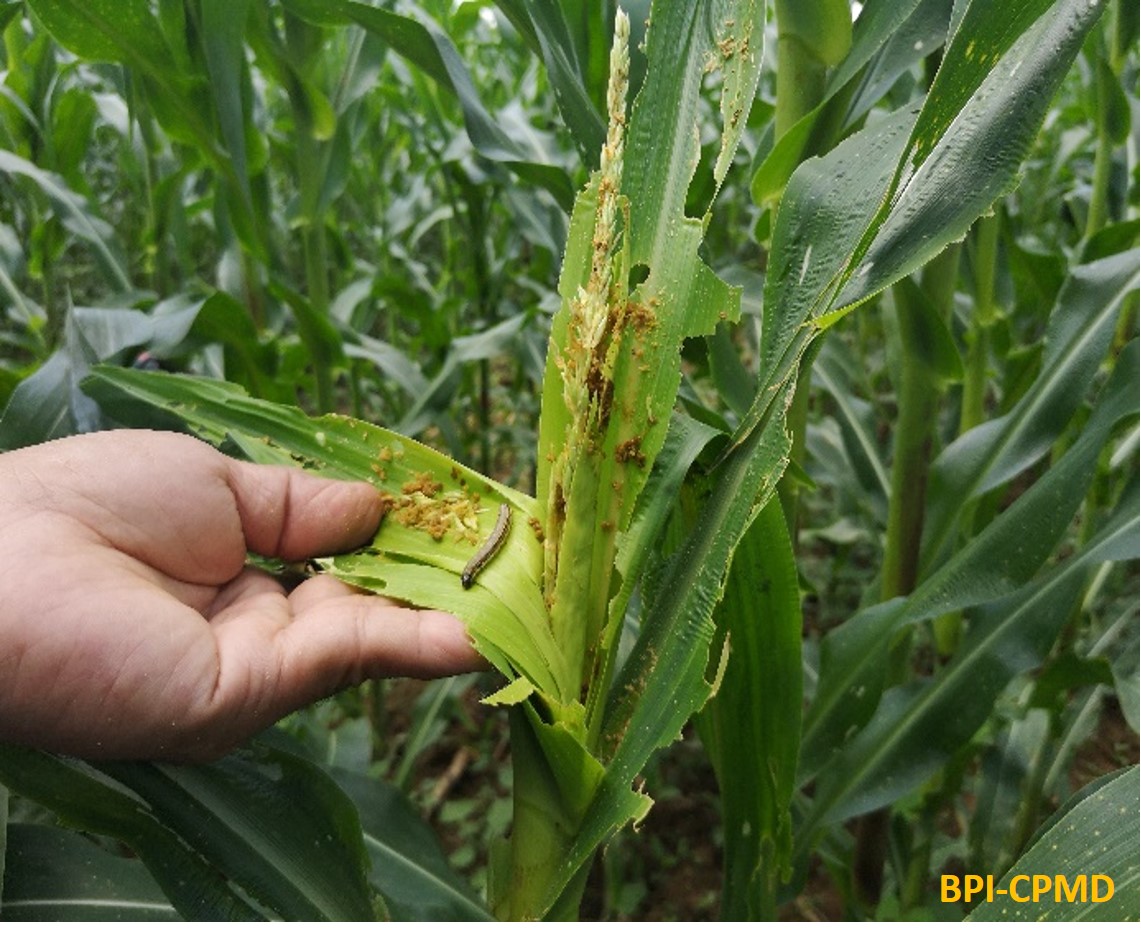
Collaborating with fellow farmers, agricultural experts, and researchers can greatly enhance the effectiveness of fall armyworm management. Sharing information, best practices, and experiences can lead to the development of innovative solutions and a collective approach to combating this invasive pest.
Building a Community of Practice
Engage with local agricultural organizations, extension services, and research institutions to stay updated on the latest fall armyworm management strategies. Participate in farmer field schools, workshops, and online forums to exchange knowledge and learn from the experiences of others. By fostering a collaborative environment, farmers can collectively tackle the challenges posed by this pest.
10. Chemical Control: Responsible Pesticide Use

While chemical control should be used as a last resort, it can be an effective tool to manage severe fall armyworm infestations. When using pesticides, it is crucial to follow best practices to minimize environmental impact and reduce the risk of pest resistance.
Responsible Pesticide Application
If chemical control is necessary, consider the following guidelines:
- Select insecticides specifically labeled for fall armyworm control and follow the recommended application rates and timings.
- Rotate insecticides with different modes of action to prevent the development of resistance.
- Apply pesticides during the early morning or late evening when armyworms are most active.
- Avoid excessive and unnecessary pesticide use to preserve beneficial insects and minimize environmental contamination.
What are the key signs of fall armyworm infestation in crops?
+Look out for the following signs of fall armyworm infestation: leaf feeding, skeletonized leaves, silk-like webs on plants, and the presence of armyworm larvae or pupae. Regular crop monitoring is essential to detect infestations early and take appropriate control measures.
How can farmers access information and resources on fall armyworm management?
+Farmers can access valuable information and resources through agricultural extension services, government agencies, research institutions, and online platforms dedicated to pest management. These sources provide up-to-date guidelines, best practices, and technical support to help farmers effectively manage fall armyworm infestations.
Are there any fall armyworm-resistant crop varieties available?
+Researchers and plant breeders are actively working on developing fall armyworm-resistant crop varieties. While some resistant varieties are available for certain crops, it is important to stay informed about the latest advancements and consult with agricultural experts to determine the most suitable resistant varieties for specific farming conditions.
By implementing these ten strategies, farmers can proactively protect their crops from fall armyworm devastation. A combination of early detection, biological control, crop rotation, integrated pest management, and responsible pesticide use can significantly reduce the impact of this invasive pest and ensure sustainable agricultural practices.



